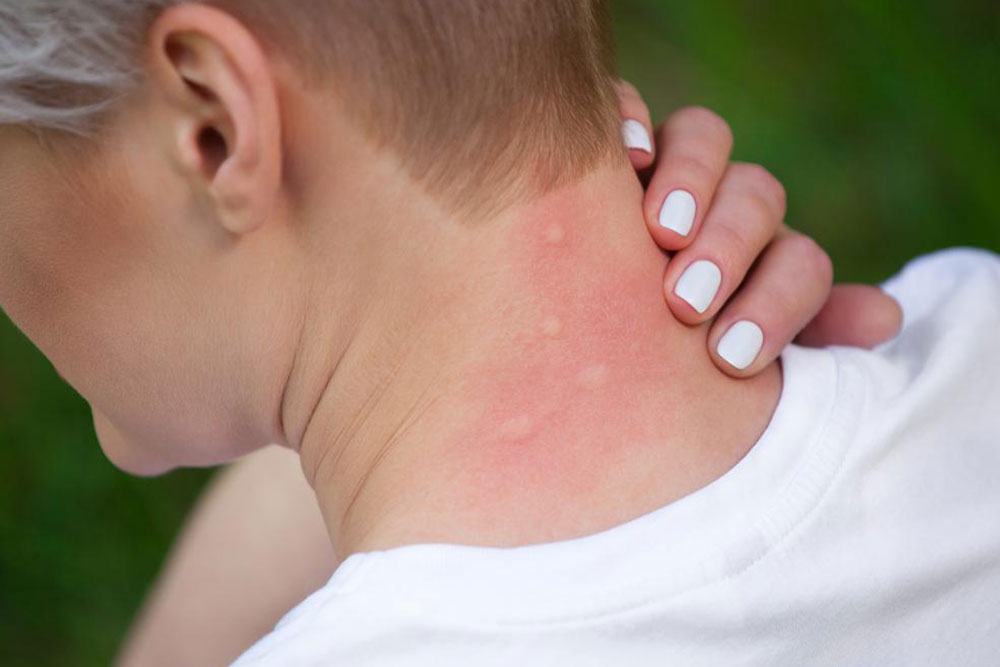5 common fungal infections of the skin
The skin is the most commonly affected part when fungal infection strikes. Fungus thrive on warm moist areas. They sustain on protein keratin. Hence, fungal infections commonly occur on skin, hair and nails, since these parts are primarily made of keratin. If you tend to sweat profusely, you might suffer from frequent bouts of fungal infections.
You might also get infected if you hang around public pool areas, shower rooms, or locker rooms.

Fungal infection can also occur as a side-effect of antibiotic medicines. Sometimes, antibiotic tend to kill off useful bacteria along with the harmful ones. The useful bacteria fight against common infection causing microorganisms. Due to the use of antibiotics, these bacteria are weakened leaving the body susceptible to infections. The most common skin infections due to fungus are caused due to lack of hygiene.
Athlete’s Foot: Also known as tinea pedis, Athlete’s foot is caused by a fungus that grows on dead tissues of the hair, outer skin layers, and toenails. The symptoms include peeling, cracking, and scaling of the feet along with blisters, redness, softening or breaking of skin. This can be accompanied by itching or burning or both.
Jock Itch: Jock itch is also known as tinea cruris. It occurs commonly in warm wet climates and during summers. It affects the groin area and the inner thighs. The symptoms include redness and chaffing of skin along with itching. Circular red rash with elevated edges develops on the skin.
Candida: Caused by yeast, the symptoms of Candida or Candidacies include fungal skin rash, pimples, pus-filled patches and itching over the infected areas. This fungal infection is caused by yeast that is usually dormant in the body and grows under suitable condition bringing in infection.
Pityriasis versicolor: Also called tinea versicolor, dermatomycosis furfuracea and tinea flava, this fungal infection causes non-itchy rashes on the body with reddish brown patches. It causes skin discoloration. This is chronic fungal infection that usually occurs among adults and adolescents.
Ringworm: Also called tinea corporis, ringworm appears as a circular red flat rash on the skin. It can occur anywhere in the body. The most obvious symptom is the appearance of unsightly circular red sores. The fungus thrives in heat and humidity. Highly contagious, ringworm can be caused by immediate contact.